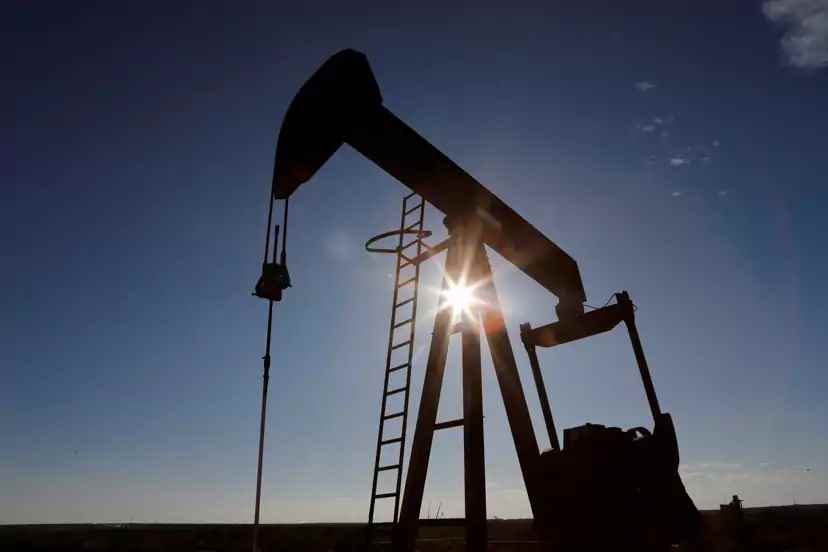(New York) Oil prices, which had risen in the morning on Wednesday, benefiting from hopes of economic recovery in China, finally fell back, affected by the weakness of American indices.
A barrel of Brent from the North Sea for delivery in March fell 1.09% to 84.98 dollars.
Its American equivalent, a barrel of West Texas Intermediate (WTI) for delivery in February, dropped 0.87% to 79.48 dollars.
Initially, crude oil prices showed a clear increase of more than 1%, the markets being “increasingly convinced that the abandonment by China of its zero-COVID-19 policy” would “lead to a strong recovery in economic activity and, therefore, stimulate demand in global oil markets,” summarized Ricardo Evangelista, analyst for ActivTrades.
A favorable scenario for oil prices, since the expected increase in demand from China, the world’s largest importer of crude oil and the imminent entry into force of new sanctions against Russia on February 5 “could generate a shortage in the markets and trigger further price escalation,” he continued.
Investors were also briefly encouraged by the report from the International Energy Agency (IEA) indicating that global demand for black gold should grow to a record level this year.
Demand is expected at 101.7 million barrels per day (mb/d), an increase of 1.9 mb/d, half of which will come from China, the IEA estimated on Wednesday, slightly raising its estimate for 2023 from compared to its previous monthly report.
But as for the stock market or the foreign exchange market, optimism has been dampened by signs of a faster-than-expected slowdown in the American economy.
In the United States, retail sales fell more than expected in December (-1.1% compared to the previous month), and the PPI producer price index came out down 0.5% on a month and up 6.2% year-on-year.
In addition, industrial production fell again in December, dropping 0.7% in one month, much more than expected.
“It was a day without for the markets and the oil market, which held firm for a moment, also ended up letting go with the American data which scared everyone,” commented Bill O’Grady of Confluence Investing.
Faced with American indices which show a sharp slowdown in consumption, the engine of growth in the world’s largest economy, “investors woke up to discover that a recession was looming on the horizon”, quipped Mr. O’ Grady.
On Thursday, the US Department of Energy will release weekly US Crude Inventories.
These could show, according to information circulating on the markets, that the government has stopped selling barrels from its strategic reserves.
This end to the exceptional use of strategic reserves, initiated more than a year ago to lower the price of gasoline, could again push up the price of a barrel, according to the Confluence Investment analyst.
On the natural gas side, the Dutch TTF futures contract, considered the European benchmark, rose to 63.02 euros per megawatt hour (MWh), after hitting its lowest price since early September 2021 on Tuesday.
Analysts explain this small recovery by the current very cold temperatures. However, they should rise above seasonal norms in the coming days, which should weigh on gas consumption and bring prices down.
